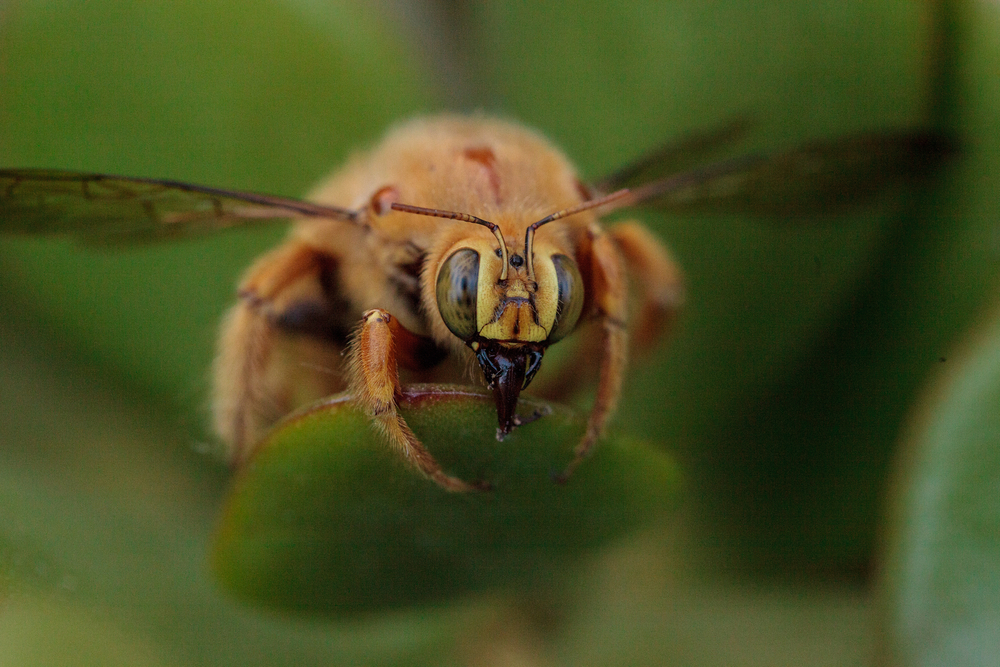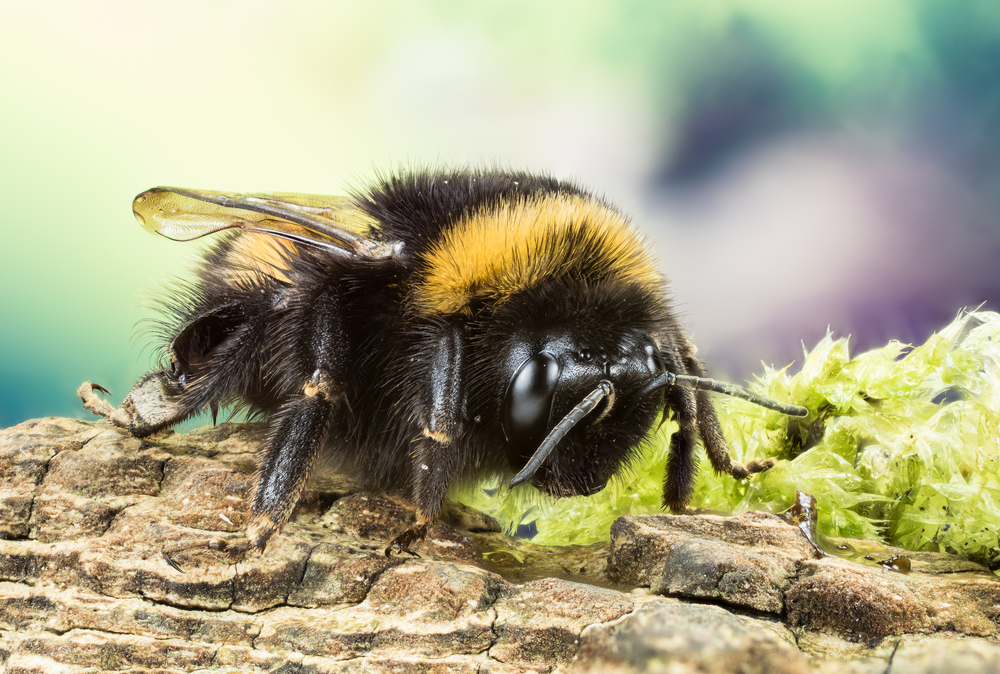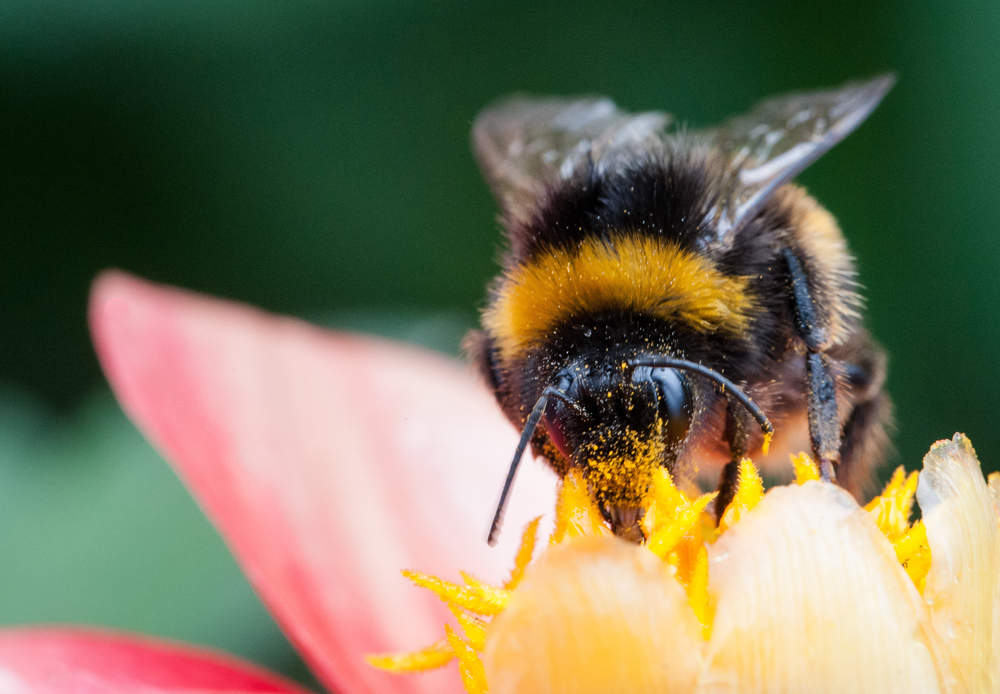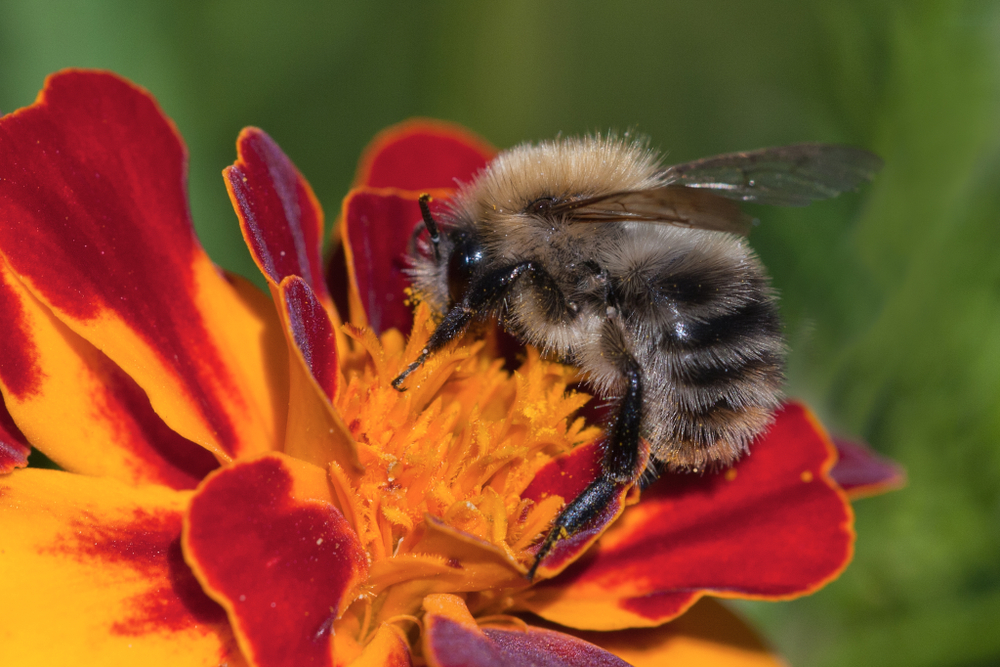Bumblebee stings, like those of other bees, can be painful and may cause localized swelling, redness, and discomfort. However, there are some differences in the sting of a bumblebee compared to other bee species, such as honey bees:
- Stinger Characteristics:
- Bumblebees have stingers that are smooth, meaning they lack barbs. This means that a bumblebee can typically sting multiple times without losing its stinger.
- Sting Sensation:
- Bumblebee stings are generally described as less painful than those of honey bees. People often report a sharp, quick pain followed by localized discomfort and swelling. However, individual pain perception can vary.
- Venom Composition:
- Bumblebee venom contains various compounds, including proteins and peptides. While some of these components may cause pain and inflammation, bumblebee stings are not usually associated with severe allergic reactions, as can occur with certain species of honey bees.
It’s important to note that stings from any bee, including bumblebees, can elicit allergic reactions in some individuals. These reactions can range from mild localized swelling to severe anaphylaxis, a potentially life-threatening condition. Anyone who experiences severe allergic reactions to bee stings should seek immediate medical attention and may consider carrying an epinephrine auto-injector for emergency use.
As with any encounter with stinging insects, it’s advisable to remain calm and avoid swatting or agitating them, as this can provoke defensive stinging behavior. If stung by a bumblebee or any other bee, gently remove the stinger (if it’s still embedded) and clean the affected area. Applying ice and over-the-counter pain relievers can help alleviate discomfort. If you experience severe symptoms or have known bee sting allergies, seek medical help promptly.











































































